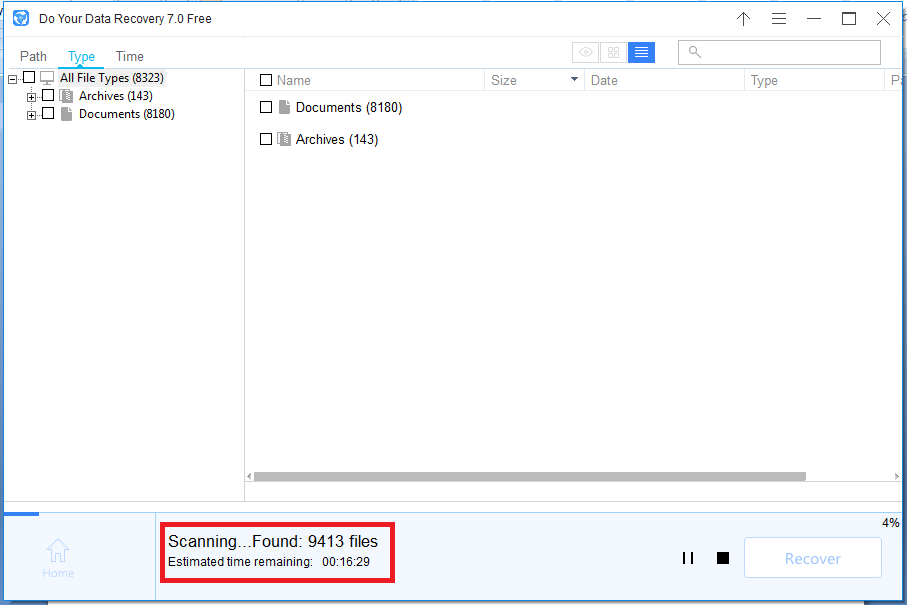

You can filter the data in a graph and its associated data table by right-clicking the graph Legend control and enabling or disabling the desired items. On the Profiles menu, click Export to create a view profile, click Apply to apply a view profile that you previously created, or click Save Startup Profile to see the current layout view every time that you open WPA. Step 9: Creating and Applying a View ProfileĪfter you have set the layout in the way that you want, you can create a view profile that reproduces the current layout either every time that you open WPA or only for specific types of recordings. On the Window menu, select the windows that you want to open or close. To do this, click New Analysis View on the Window menu, and then drag the desired graphs to the new tab. If you want to view some graphs on a different timeline, you can open an additional Analysis tab. Step 7: Opening a new Analysis TabĪll graphs and tables on an Analysis tab share the same timeline and are zoomed in and out together. You can drag the freeze bars to include any number of columns. Then, the scroll bar scrolls only between the columns between the freeze bars. You can freeze a small selection of columns by right-clicking to show vertical gray freeze bars. You can also drag some columns to the right of the vertical blue bar to make them graphing elements. You can drag any column to the left of the vertical gold bar to make it a key. If you do not see the vertical gold bar, scroll to the right. The columns between the vertical gold bar and the vertical blue bar are the data columns. The columns to the left of the vertical gold bar are keys. You can then select columns individually or create or apply preset combinations of columns to display.ĭata tables are pivot tables. To open the Column Chooser box, right-click the table header. You can customize data tables by selecting what columns to display. The Legend column of the data table matches the Legend control of the graph. When you change the data table, the changes are also reflected in the Legend control of the graph. You can also click the table header again to reverse the sorting. You can click the table header over any column to sort by that column.

You can drag columns to any position in the data table.

To clear the selection, right-click the interval, and then select Clear Selection. This action freezes the selection regardless of where else you click.

To do this, right-click the interval, and then select Highlight Selection. Step 5: Highlighting a Selected Time IntervalĪfter you have selected a time interval, you can also highlight that time interval in all graphs on the Analysis tab and in the Graph Explorer window. Therefore, this action expands the same time interval for all those graphs. You can repeat this step several times to see very fine detail of a very small time interval.Īll graphs on the Analysis tab use the same timeline. To do this, right-click the interval, and then select Zoom to selected time range.
How to open cdf files in windows 10 full#
Step 4: Zooming in on a Time IntervalĪfter you have selected a time interval, you can zoom in to expand that time interval to the full width of the Analysis tab. The timeline at the bottom of the tab applies to all graphs on the tab. On the Analysis tab, you can select a time interval by dragging the pointer horizontally across a section of the graph. You can also double-click the graph to open it on the Analysis tab.īy using the layout icons on the right of the graph title bar, you can select to view only the graph, only the data table, or both. Then, drag the graphs to the Analysis tab to view the full-size version of the graph and its associated data table. Expand any node by clicking the small triangle. You may have to expand the issue to see this link.Īll available graphs for a recording are visible in the Graph Explorer window.


 0 kommentar(er)
0 kommentar(er)
